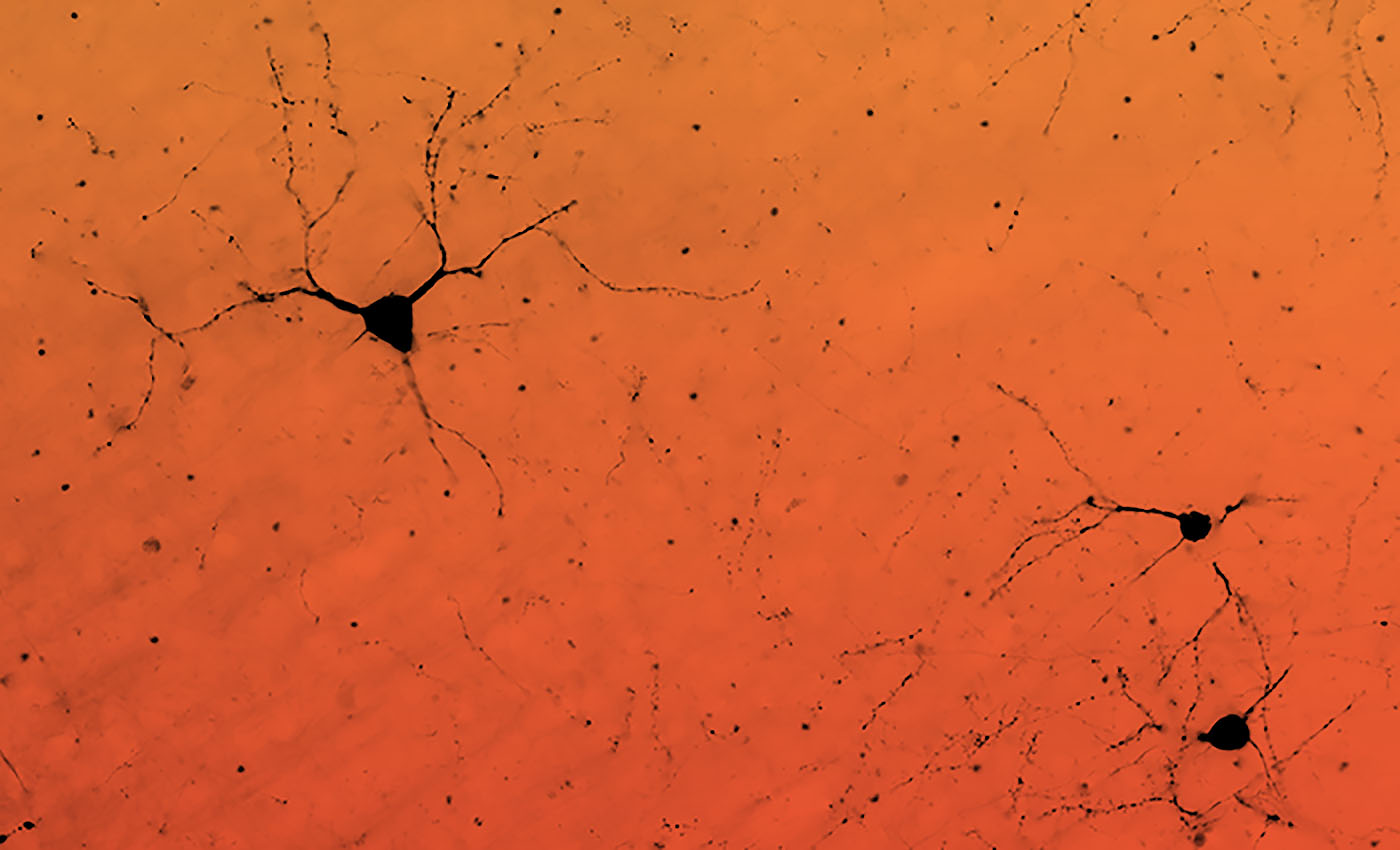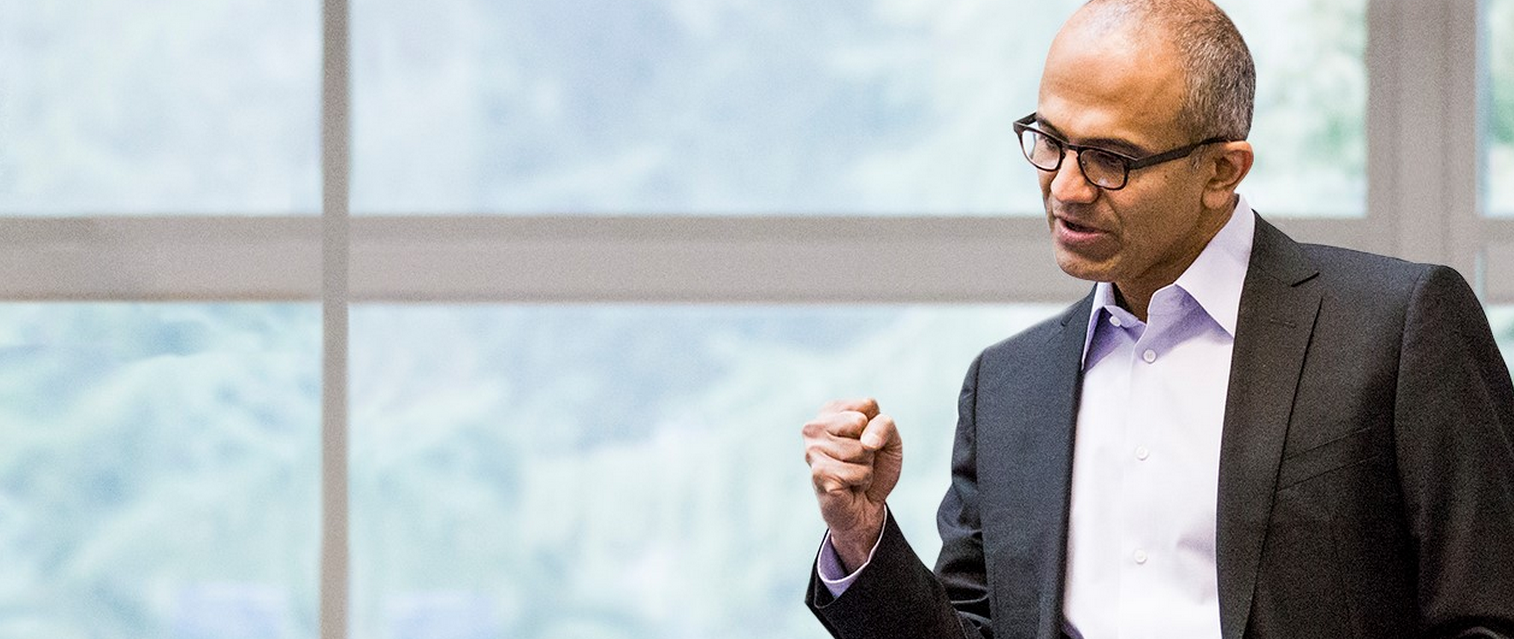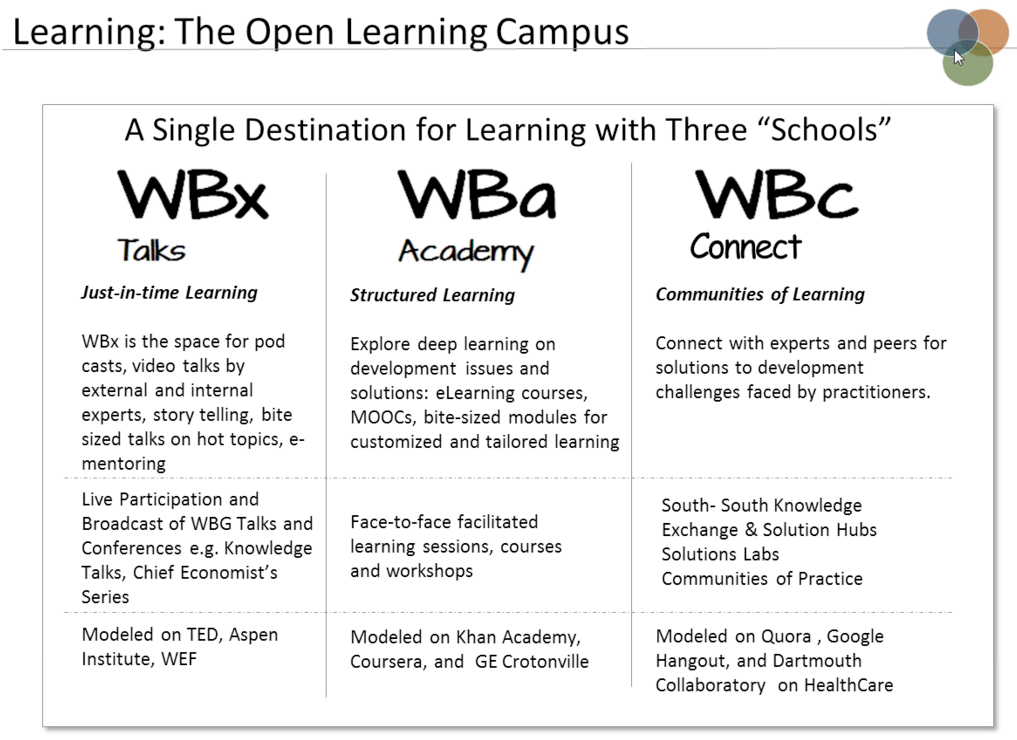
“We want to talk about science as a certain kind of ‘knowing’. Specifically, we want to use it to name those deeper forms of knowing that are the purpose of education. Science in this broader sense consists of things you do to know that are premeditated, things you set out to know in a carefully considered way.








